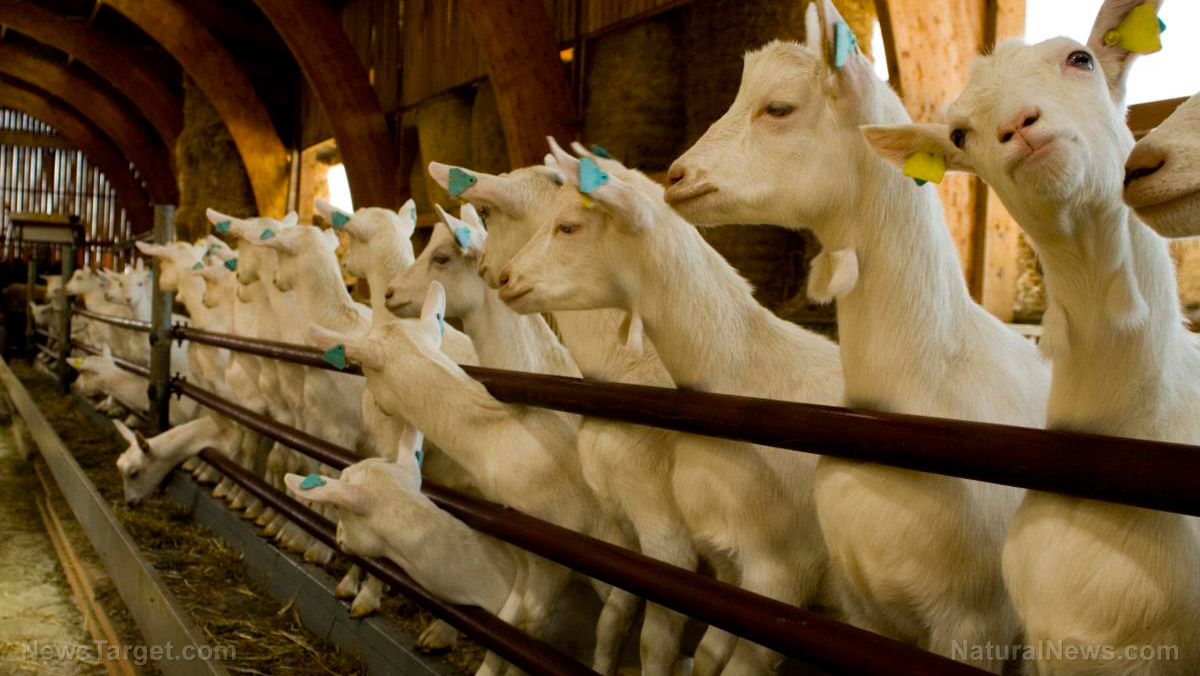
Consumers don’t want genetically modified food
As Dr. Hatchard points out, this is hardly the win for New Zealand that the government wants people to believe it is. People do not want to eat food that has altered genes, as evidenced by the embarrassing failures of artificial meat companies. Last year, Beyond Meat lost $53 million in the second quarter and saw its U.S. revenue drop 40%, while rival Impossible Foods cut 20% of its workforce as Americans rejected Frankenfoods en masse. Yet the NZ government seems to think that biotechnology animals who boast a low methane profile will be in high demand among international customers. His experience has been the opposite; when he worked at Genetic ID, he saw just how deep the public’s suspicions of genetically modified food run, to the point where it can only really be sold in high volumes in places where there are no requirements to label it. “Our export partners are buying our agricultural products relying on our clean green grass-fed image. Why throw that away?” he asked. They’re also talking about emissions reduction technology helping them reduce their agricultural emissions by 30 percent by 2030, which is a remarkably short time frame. Dr. Hatchard pointed out the parallel to another hasty initiative, the “warp speed” COVID-19 vaccine program that prioritized getting the products out at the expense of safety and efficacy – and look where that got us. Sources for this article include: Expose-News.com NYPost.comDemocratic Party planning to nominate Biden via virtual vote before convention in August
By Kevin Hughes // Share
Elon Musk claims EU offered him secret deal to carry out censorship on X
By Kevin Hughes // Share
Survey reveals Amazon India workers don’t have enough time for BATHROOM BREAKS
By Ava Grace // Share
Deep state plotting SECOND assassination attempt on Trump, via IRAN
By Ethan Huff // Share
Biden exploits assassination attempt on Trump to call for AR-15, “assault rifle” BAN
By Ethan Huff // Share
Iran conducts surprise missile drills amid rising tensions with Israel
By kevinhughes // Share
Kremlin denies reports of plans to "restore Soviet influence"
By bellecarter // Share
How AI news bots are quietly reshaping public opinion
By avagrace // Share
The Unshackled Physician: A surgeon's awakening to medical tyranny
By ramontomeydw // Share











